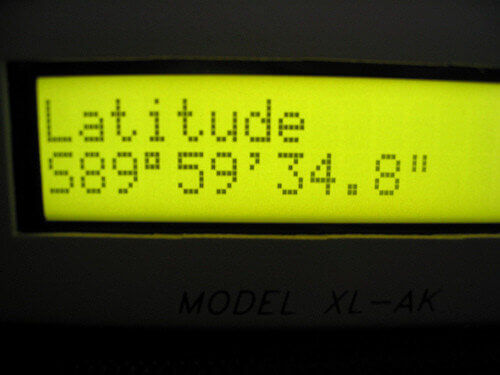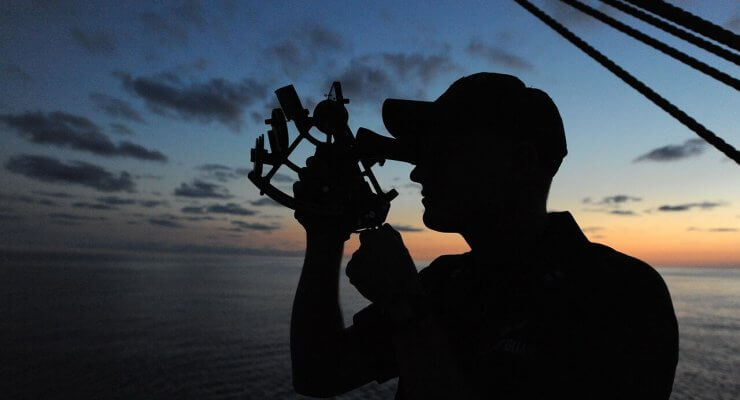A network of satellites that continuously transmit coded information, which makes it possible to precisely identify locations on earth by measuring the distance from the satellites. As stated in the definition above, GPS stands for Global Positioning System and refers to a group of U.S. Department of Defense satellites constantly circling the earth. The satellites transmit very low power radio signals allowing anyone with a GPS receiver to determine their location on Earth The 3 Segments of GPS The NAVSTAR system (the acronym for Navigation Satellite Timing and Ranging, the official U.S. … [Read more...]
Marine Sextant – Principle and Errors
A sextant is merely an instrument that measures the angle of a heavenly body (star, planet, sun and moon) makes with the visible horizon or the vertical or horizontal angle between two terrestrial objects. It derives its name from the arc at the bottom which is one-sixth of a circle. The principles of a sextant are easy to master but its use requires some skill and practice. Small errors make for large discrepancies in one's position.The trick is to make the celestial body just brush the horizon by a sweeping motion by the wrist - and herein lies somewhat of a knack. The principle of … [Read more...]

